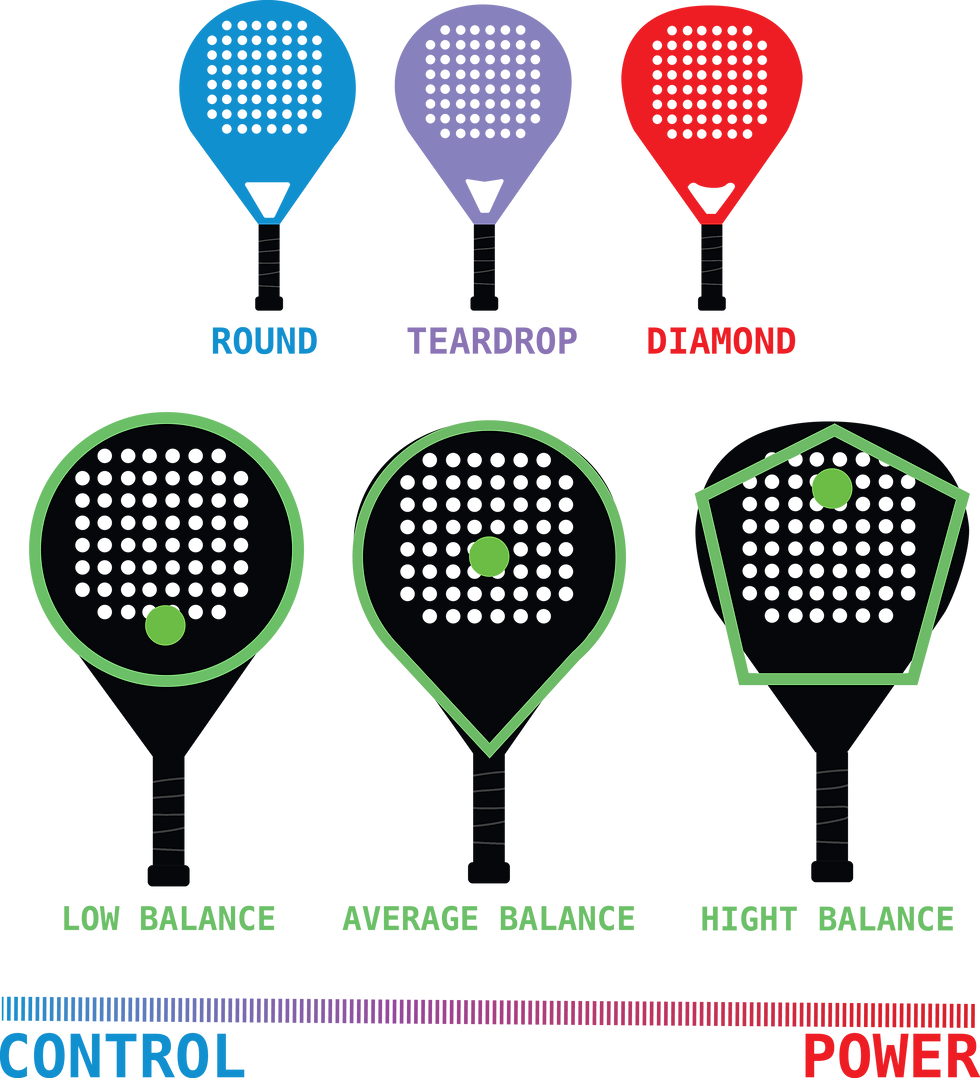THE IMPACT OF TENNIS ELBOW ON PADEL PLAYERS: PREVENTION AND SOLUTIONS
- bas3line
- Aug 18, 2023
- 4 min read
INTRODUCTION
Padel, a fast-paced and exhilarating sport that combines elements of tennis and squash, has gained tremendous popularity in recent years. However, along with its rising popularity comes the concern for player injuries, particularly tennis elbow. Also known as lateral epicondylitis, tennis elbow is a common ailment among racquet sports enthusiasts. This article delves into the aetiology of tennis elbow, explores Padel-specific treatments, emphasises the importance of choosing the right Padel racket, and highlights the role of BAS3LINE in injury prevention within the world of Padel
.
AETIOLOGY OF TENNIS ELBOW
Tennis elbow is a repetitive strain injury that occurs due to overuse of the forearm muscles, leading to microscopic tears in the tendons that attach to the lateral epicondyle of the elbow. In Padel, the specific motions involved, including forehand and backhand shots, can exacerbate the risk of tennis elbow due to the repetitive nature of these movements. It can also be triggered by activities such as typing, painting, and gripping tools. The repetitive stress leads to small tears in the tendons, causing inflammation, pain, and discomfort. Additionally, grip size, technique, fitness level, range of motion and racket weight can all contribute to the development of this condition.
The most common symptoms of tennis elbow include:
Pain: Pain and tenderness on the outer side of the elbow are characteristic of tennis elbow. The pain might radiate down the forearm.
Weakness: Weakness in the wrist and grip can develop due to compromised tendons.
Stiffness: Stiffness in the elbow joint and difficulty in fully extending or flexing the arm may be experienced.
Worsening Symptoms: The pain often worsens with gripping, lifting, or any movement involving the wrist and forearm.

TREATMENT APPROACHES IN PADEL
Managing tennis elbow requires a multifaceted approach. Padel players often engage in cross-training to improve their flexibility, strength, and endurance, which can have a positive impact on injury prevention. Furthermore, understanding the biomechanics of Padel strokes and modifying technique can help reduce the strain on the forearm tendons. Consulting a physiotherapist who specialises in racquet sports and understands the demands of Padel, can provide tailored rehabilitation exercises that target the specific muscle groups involved in the sport.
The following are some effective treatment options:
- Rest and Modification: Giving the affected arm adequate rest and avoiding activities that worsen the symptoms is essential. Modifying techniques and grips during activities can also alleviate strain.
- Ice and Heat: Applying ice to the affected area can help reduce inflammation and pain. Heat therapy can be used to improve blood circulation and promote healing.
- Physical Therapy: Specific exercises and stretches prescribed by a physical therapist can help strengthen the muscles and tendons around the elbow, promoting recovery.
- Medications: Over-the-counter pain relievers and anti-inflammatory medications can provide temporary relief from pain and inflammation.
- Corticosteroid Injections: In severe cases, a corticosteroid injection may be recommended to reduce inflammation and provide relief.
- Platelet-Rich Plasma (PRP) Therapy: This involves injecting a concentrated solution of a patient's own blood, rich in healing factors, into the affected area to stimulate healing.
- Surgery: In rare cases when other treatments have not been effective, surgical intervention might be considered to remove damaged tissue.
To prevent tennis elbow or reduce its recurrence, individuals can consider the following measures:
- Proper Technique: Learning and using proper techniques during activities can significantly reduce strain on the tendons.
- Warm-Up: Engaging in a proper warm-up routine before engaging in repetitive tasks or sports can prepare the muscles and tendons.
Strength and Flexibility: Regular exercises to strengthen and stretch the forearm muscles can help prevent injuries.

THE IMPACT OF CHOOSING THE RIGHT PADEL RACKET
Selecting the appropriate Padel racket is pivotal in mitigating the risk of tennis elbow. Factors such as racket weight, balance, grip size, and material quality play a significant role. A racket that is too heavy can strain the forearm muscles, while a poorly fitting grip can lead to improper technique, increasing the likelihood of injury. The balance between power and control should also be considered, as head-heavy and overly stiff rackets can transmit excessive vibrations to the arm.
THE ROLE OF BAS3LINE IN INJURY PREVENTION
BAS3LINE, a prominent brand in the world of Padel, has taken a unique approach to racket design by focusing on injury prevention. Our rackets are meticulously crafted to minimize vibrations and impact forces, thus reducing the strain on players' forearms. This approach aligns with the specific biomechanical requirements of Padel strokes, helping players maintain optimal technique while safeguarding against injuries.
BAS3LINE's commitment to injury prevention doesn't stop at racket design. They also offer educational resources, including Padel-specific Physio clinics to help players understand proper technique and movement mechanics. By promoting correct form, BAS3LINE aids players in minimizing the stress placed on their bodies during gameplay.
CONCLUSION
The meteoric rise of Padel has brought to light the importance of addressing player injuries such as tennis elbow. With its unique blend of tennis and squash elements, Padel demands a targeted approach to injury prevention and treatment. By recognizing the aetiology of tennis elbow, embracing Padel-specific treatments, selecting the correct racket, and benefiting from BAS3LINE’s rackets that prioritize injury prevention, players can continue to enjoy the sport they love while minimizing the risk of injury. As Padel evolves, so too will the strategies employed to keep players healthy, strong, and on the court.
















Comments